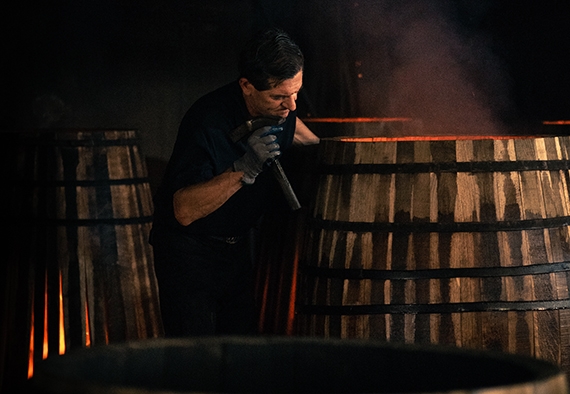
20 Aug Tamdhu Single Malt Whisky
For making single malt, the cask in which the barley distillate is stored is responsible for about 60% of the final taste. It is clear that a lot of attention is paid to this by the whisky makers. But Tamdhu whisky takes matters completely into its own hands and has all its casks produced by itself.
Malting
In 1897 Tamdhu opened its doors, the most modern distillery ever at the time. The modern aspect of this distillery is in the malting plant, where the barley is germinated. The newly invented Saladin malting plant made it possible for the first time to malt large quantities of barley. Until then, this was done on a malting floor, of which a number are still operational. This Saladin malting plant allowed for mass production, in a 50-metre-long tank with several Archimedes screws in it and a huge fan underneath. Incidentally, this method is no longer used in Scotland, except by Tamdhu. In the field of whisky making, the Tamdhu brand initially played a supporting role, the focus was mainly on producing malt and whiskies for other houses. Around 1990 a new wood strategy was introduced: maturation in ex-sherry casks.
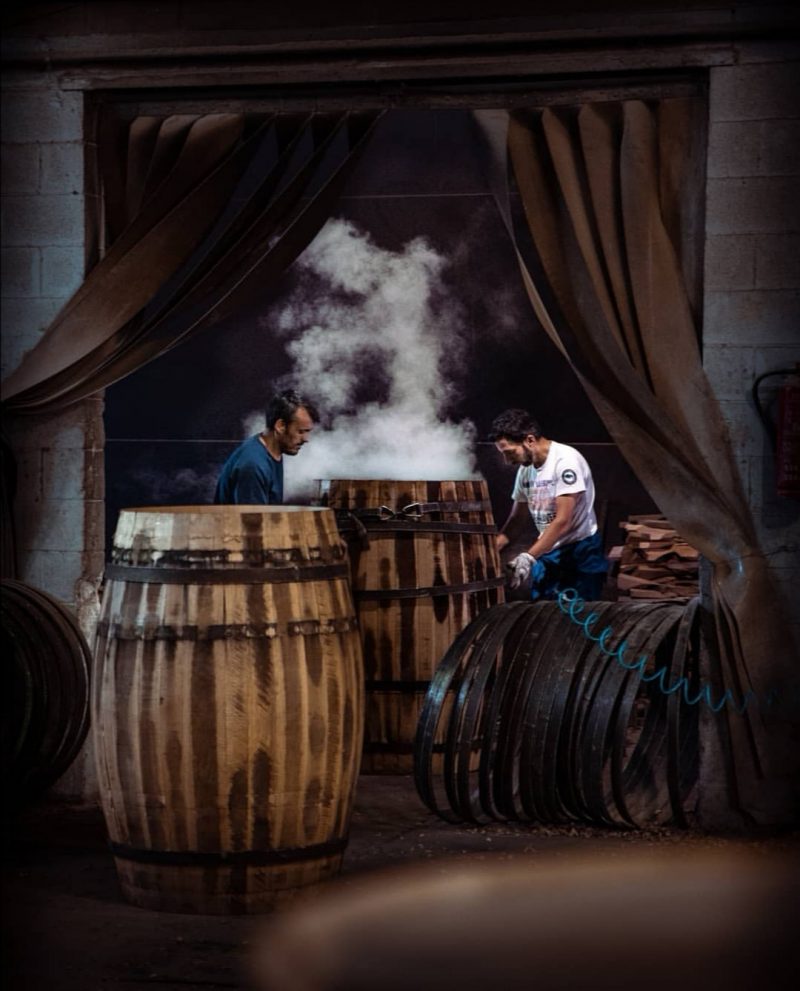
Photocredits: Christopher Coates (www.instagram.com/quercus_alba)
Very lightly peated
A perhaps completely unnecessary refresher: single malt is made from malted barley, yeast and water. The barley is milled, heated slightly so that the enzymes are converted into sugars, then fermented and then distilled twice. The barley used is pretty much the same for all distilleries, although some like to use peat to dry it. Tamdhu uses a tiny bit of peat in its whiskies. The water used also affects the flavour. Hard water flows over mineral soil, soft water over organic material. The yeast used by all distilleries is identical, with very few exceptions. This leaves two points where the enormous difference between all whiskies is created: distillation and maturation. The shape of the still is logically of great influence and each house has developed its own shape. This is where the new make spirit gets the DNA of the house. When this process is completed, this colourless distillate undergoes a transformation. The magic is in the barrel. The beautiful and at the same time difficult thing is that no two barrels are the same. Of course, many barrels come very close in taste, but no two barrels are identical so every tiny difference will have an enormous impact on the taste after say 12 years. No wonder that the Scottish house Tamdhu keeps the production of their barrels completely in their own hands. Because Tamdhu focuses entirely on maturation with ex-sherry casks. And by that they mean from start to finish, only sherry. But sherry casks are a bit harder to come by than bourbon casks. The latter are namely widely available, because bourbon may only be matured in new casks by law. All those great casks are therefore ‘left over’ when the bourbon is out. And they are gratefully taken over by whisky and rum makers. But not by Tamdhu. Because they have their casks made in Spain. Because those beautiful old casks from the sherry bodegas are not usable for maturing whisky.
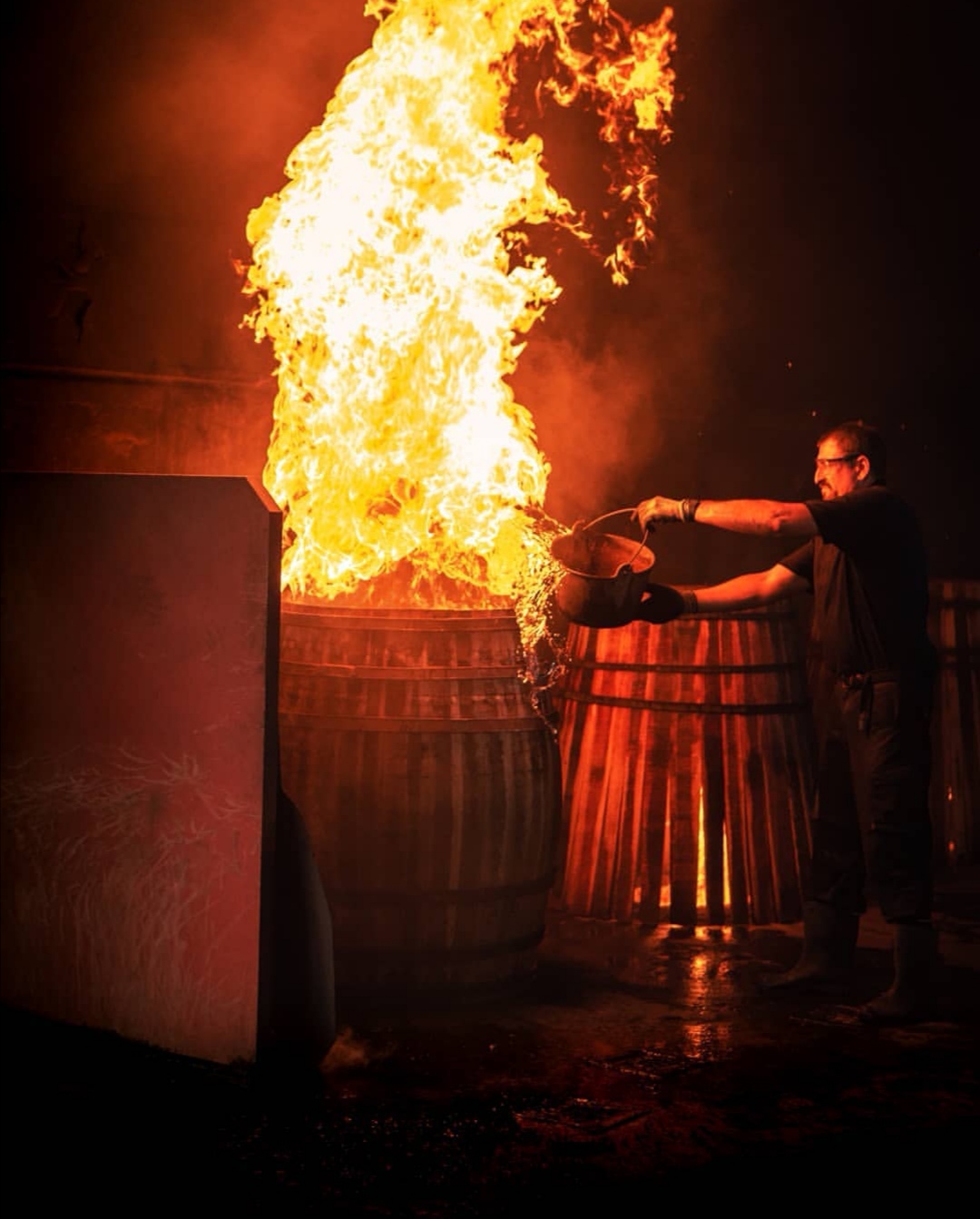
Photocredits: Christopher Coates (www.instagram.com/quercus_alba)
Own barrel program
Making barrels is a time-consuming task that also requires a huge amount of craftsmanship. First of all, the wood is selected: for the Tamdhu barrels, both American (Quercus Alba) and European oak (Quercus Robur) are used. Sustainability is anything but a marketing term here: it takes 6 years to make a barrel, but the trees take a lot longer to grow. And in Galicia, only a small percentage may be cut down each year. After cutting, the tree trunks are equal beams sawed, so-called staves. Deze dried 2 year in the open air.
Het first part of this tales place in NorthernSpain, the second part in Jerez, where the humidity is just 10 %. Warm and dry.
These beams are then sawn in such a way that beautiful barrels can be made from them. These barrels are toasted and charred, so that the spirit can penetrate deep into the wood. To give the barrels the sherry seasoning they are filled with Oloroso sherry for a few years. This is ‘rented’ from the bodegas and will continue as sherry or Brandy de Jerez. Deze vaten worden vervolgens naar de Speyside gebracht en gevuld met de new make spirit en te rusten gelegd voor minstens 10 jaar.
Recently Tamdhu launched a new range and we got to taste it, led by brand ambassador Gordon Dundas. To do this properly, Tamdhu did not market whiskies for a while to build up inventory. With the current interest in single malt whisky, it is important to be able to meet demand, especially when re-launching a brand! The range consists of the 12 and 15 years old and 2 batches at higher strength: Batch Strength numbers 003 and 004. 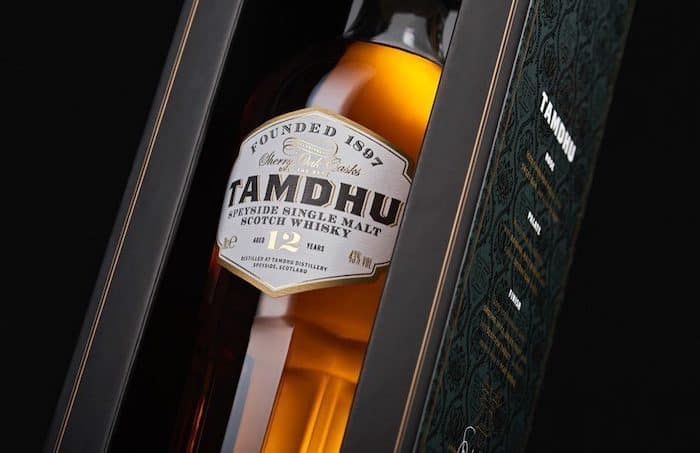 Tamdhu 12 years – 43% First- and second-fill casks were used for this whisky. A first-fill barrel implies that new make spirit goes in for the first time. Second-fill logically therefore has served to mature whisky once before. We get lots of vanilla and toffee in a whiskey that is fruity (banana, berry jam), spicy and powerful with a long finish. The attentive reader can already deduce that barrels made from American oak were used in particular. Tamdhu 15 years – 46 % The choice of a higher alcohol content is because it simply makes it a better whisky. The whisky is also fruity, yet really quite different from the 12 yo. We taste pineapple, cookie, creamy almond and vanilla. We also see a notable color difference, which can be explained by more use of European oak and also more first-fill. Which also immediately explains the difference in taste. Tamdhu Batch Strength no. 003 – 58.3% It is worth noting that this whisky is not bottled at cask strength. To save space, the whisky goes into the barrel at 70 % (usually this is 63.5 %). In this we also encounter that typical nuttiness of sherry, combined with recognizable Speyside notes. Cookie, light vanilla, orange and dried fruit. Tamdhu Batch Strength no. 004 – 57.8% Another powerhouse we are presented with, this time with rich summer fruit, freshly peeled nuts, spicy oak and creamy vanilla. The finish is also long and full with sultanas, citrus fruit and brown sugar. The Batch Strength is an annual bottling marketed by Tamdhu and is thus a one-time release.
Tamdhu 12 years – 43% First- and second-fill casks were used for this whisky. A first-fill barrel implies that new make spirit goes in for the first time. Second-fill logically therefore has served to mature whisky once before. We get lots of vanilla and toffee in a whiskey that is fruity (banana, berry jam), spicy and powerful with a long finish. The attentive reader can already deduce that barrels made from American oak were used in particular. Tamdhu 15 years – 46 % The choice of a higher alcohol content is because it simply makes it a better whisky. The whisky is also fruity, yet really quite different from the 12 yo. We taste pineapple, cookie, creamy almond and vanilla. We also see a notable color difference, which can be explained by more use of European oak and also more first-fill. Which also immediately explains the difference in taste. Tamdhu Batch Strength no. 003 – 58.3% It is worth noting that this whisky is not bottled at cask strength. To save space, the whisky goes into the barrel at 70 % (usually this is 63.5 %). In this we also encounter that typical nuttiness of sherry, combined with recognizable Speyside notes. Cookie, light vanilla, orange and dried fruit. Tamdhu Batch Strength no. 004 – 57.8% Another powerhouse we are presented with, this time with rich summer fruit, freshly peeled nuts, spicy oak and creamy vanilla. The finish is also long and full with sultanas, citrus fruit and brown sugar. The Batch Strength is an annual bottling marketed by Tamdhu and is thus a one-time release.
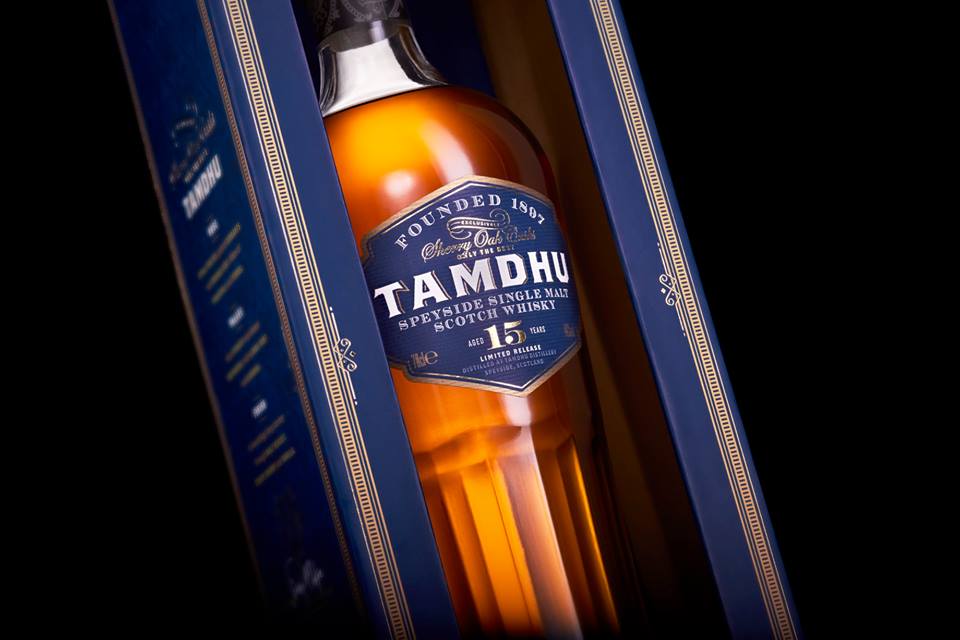



No Comments